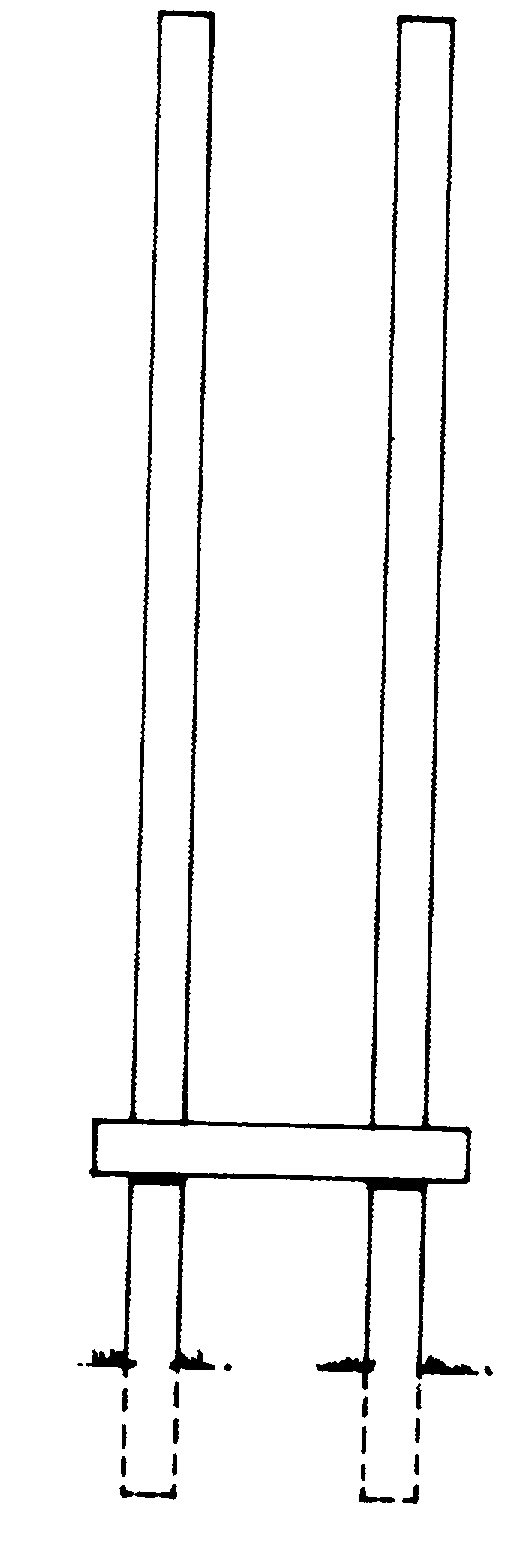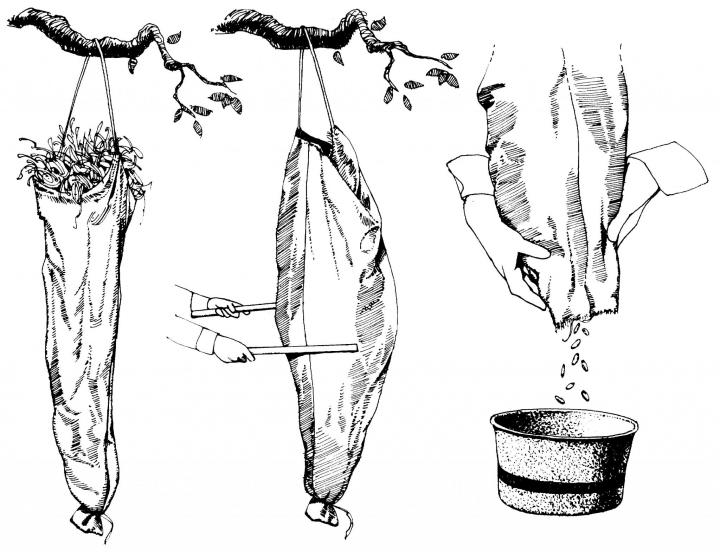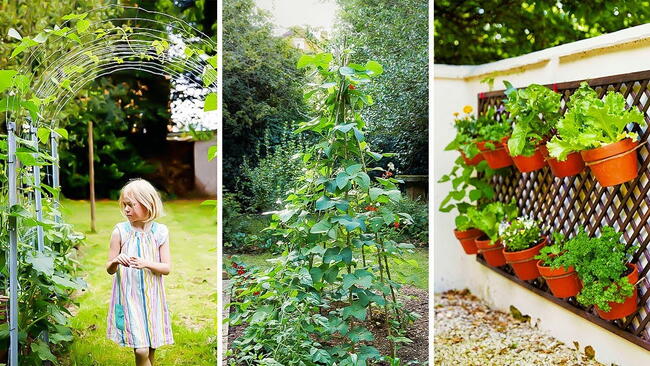
Caption
John Withee with his bean case in 1981
Photo Credit
Seed Savers Exchange
Subhead
The simplest solution for threshing dry beans.
No content available.
More Like This
No content available.
ADVERTISEMENT
Comments
Add a Comment
Bean Protein: There are three types of Protein; "Dairy fish Eggs and meat have first class protein; Beans have 2nd class protein; fruits and vegetables have third class Protein; Beans have higher protein because their roots have a macrobacteria which uptakes nutrients;better;










